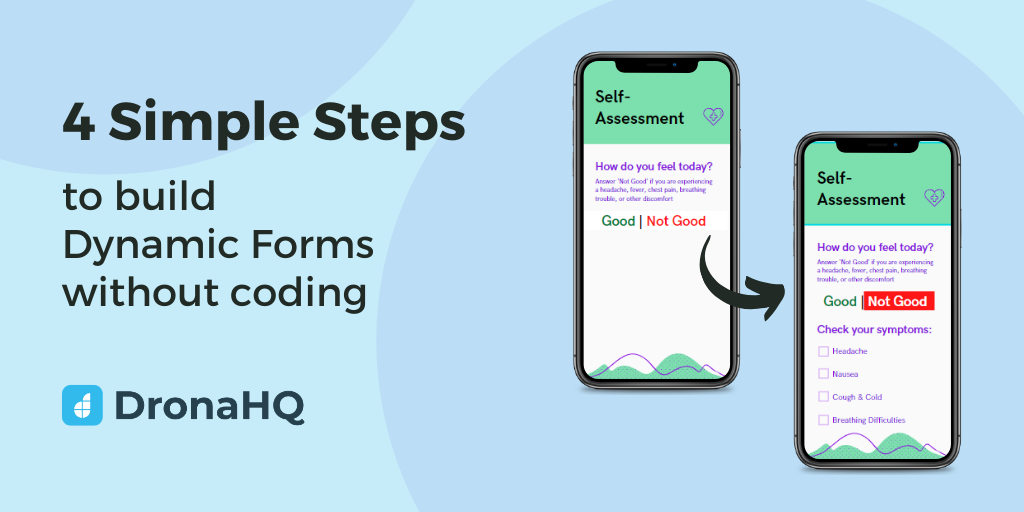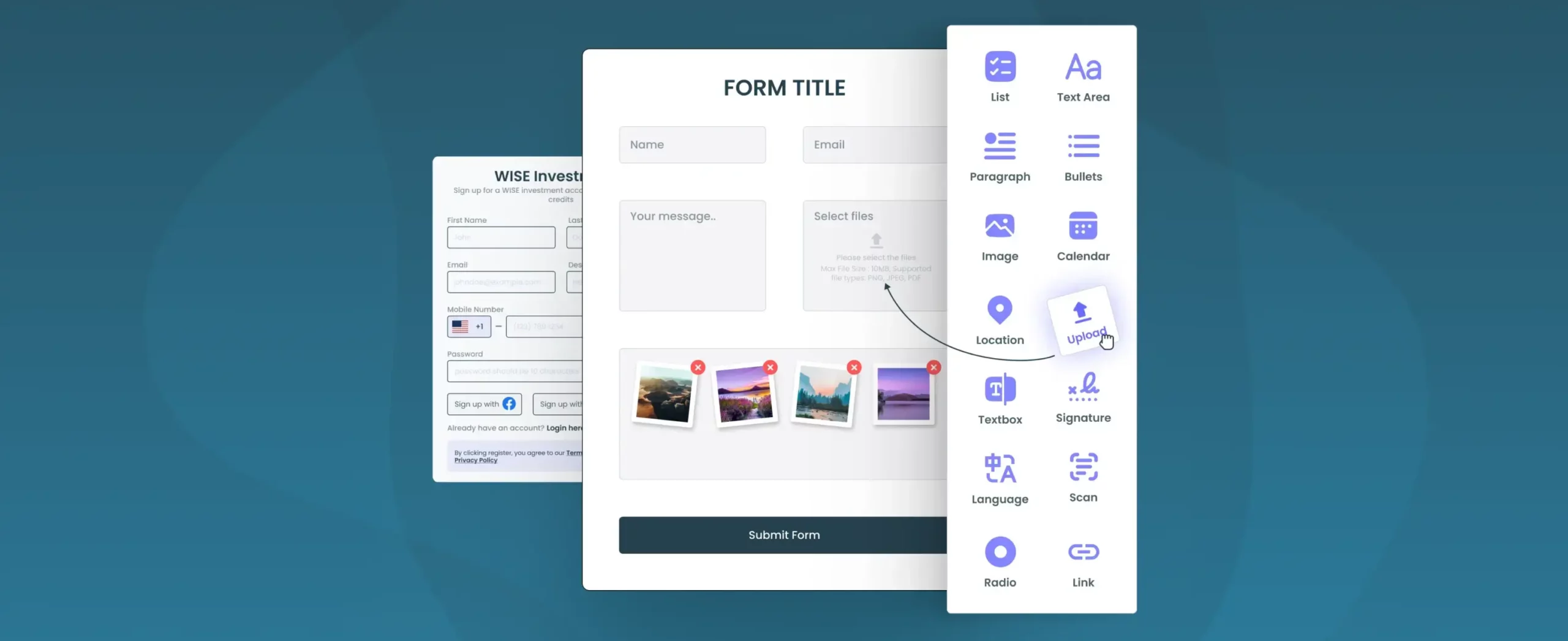

May 19, 2020
4 Simple Steps to Build Dynamic Web Forms
Real-world business dynamic forms have complex business logic behind them.
Both internal employee facing processes and external customer and vendor facing processes can see high productivity and efficiency gains.
The conventional way to incorporate logic into automated forms used to be the job of programmers. Now, business users can use no-code form builders and create dynamic forms that do more than data collection.
Let’s understand what dynamic forms are.
Dynamic forms are forms that change in real-time as people fill them out. They guide the user through the steps required to complete a form. Dynamic form designers can create forms that are data-driven and responsive to user inputs.
Validation rules in most dynamic form builders let you verify the data and control the quality of information captured. configure rules for form fields and verify information like mobile numbers and addresses.
Dynamic forms will allow you to tailor digital forms that are faster to complete and more intuitive.
Read about the 5 benefits of dynamic form builder here.
4 simple steps to build dynamic forms in DronaHQ
Creating custom logic to control the dynamicity of applications can be challenging.
- Drag, Drop, Design Form
Start with drag and drop builder , creating the form in the exact sequence you would like the user flow to be in. Drag, drop fields to capture text, scan barcodes, upload documents, images, signatures. You can also mark certain fields as required for validation. - Add Business Rules & Validation
Head over to Rules -configure the dynamic conditions and create business rules. Configure conditional visibility rules to hide and show form sections. Configure validations to verify the information typed in by the user. (This is where you can get innovative. You can control how the user navigates through your app and the activities he can perform). Add Formulas to custom fields to auto-populate form fields based on a previous user input.
- Drag, Drop, Design Form
- Add Workflows
Head over to the Workflow Builder to visually map the flow of tasks after form submission. Over here you can update your database, call an API, send out an email/in-app alerts, generate PDF reports.
- Add Workflows
- Preview and Publish
Preview app to test and identify issues before you finally publish the app(in beta or prod environment).
You don’t need to know how to code for any of these steps and create customized and secure forms.
How do these web forms improve User Experience?
Dynamic forms assist the end-user by helping him navigate through the form. The user can get prompted with suggestions. The easier the form is for the user to complete, the more likely it is to receive good adoption rates. This gives your business the information your form intended to capture.
In a dynamic form, the user no longer needs to
- follow complex steps or
- manually perform calculations or
- fetch information from the database.
The odds of the end-user abandoning your form or making an error on the form goes down.
Using dynamic form capabilities, you can create seamless experiences for end-users. You can combine forms to other enterprise services such as SAP, Salesforce, or Oracle. You can even automate custom report generation and send the same over an email.
Check out DronaHQ’s Form Building Capabilities for yourself. With process automation becoming a priority in business, the productivity and efficiency dynamic forms provide is significant. See how you can create forms that react to user actions (signing the form, answering a question, skipping a required field), hide and show questions, pages, or form sections, and so on.
Copyright © Deltecs Infotech Pvt Ltd. All Rights Reserved



